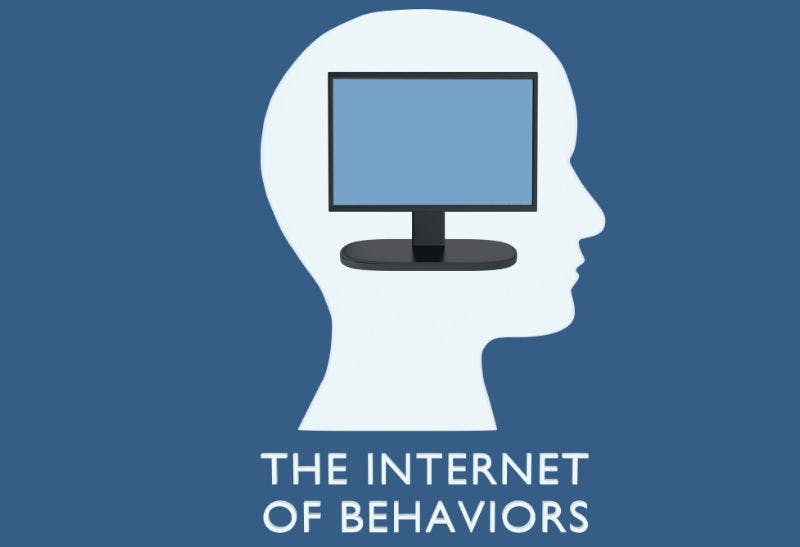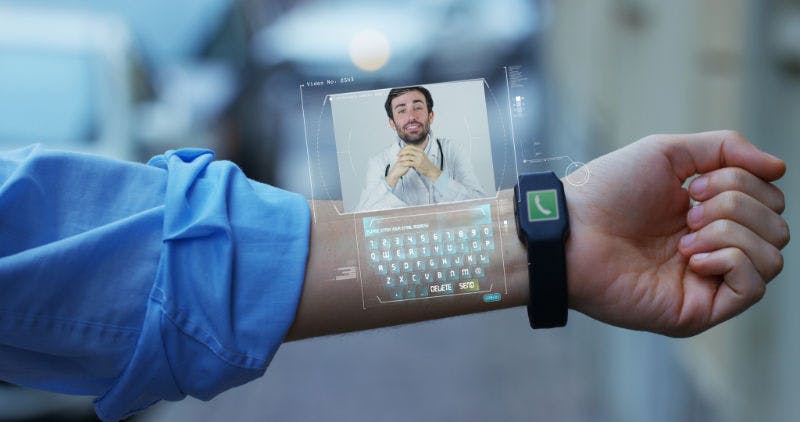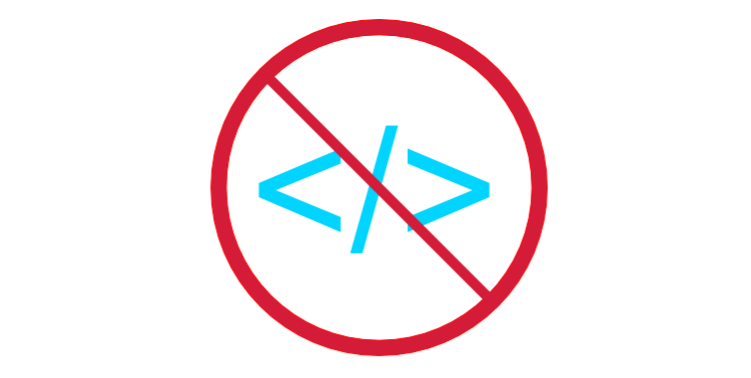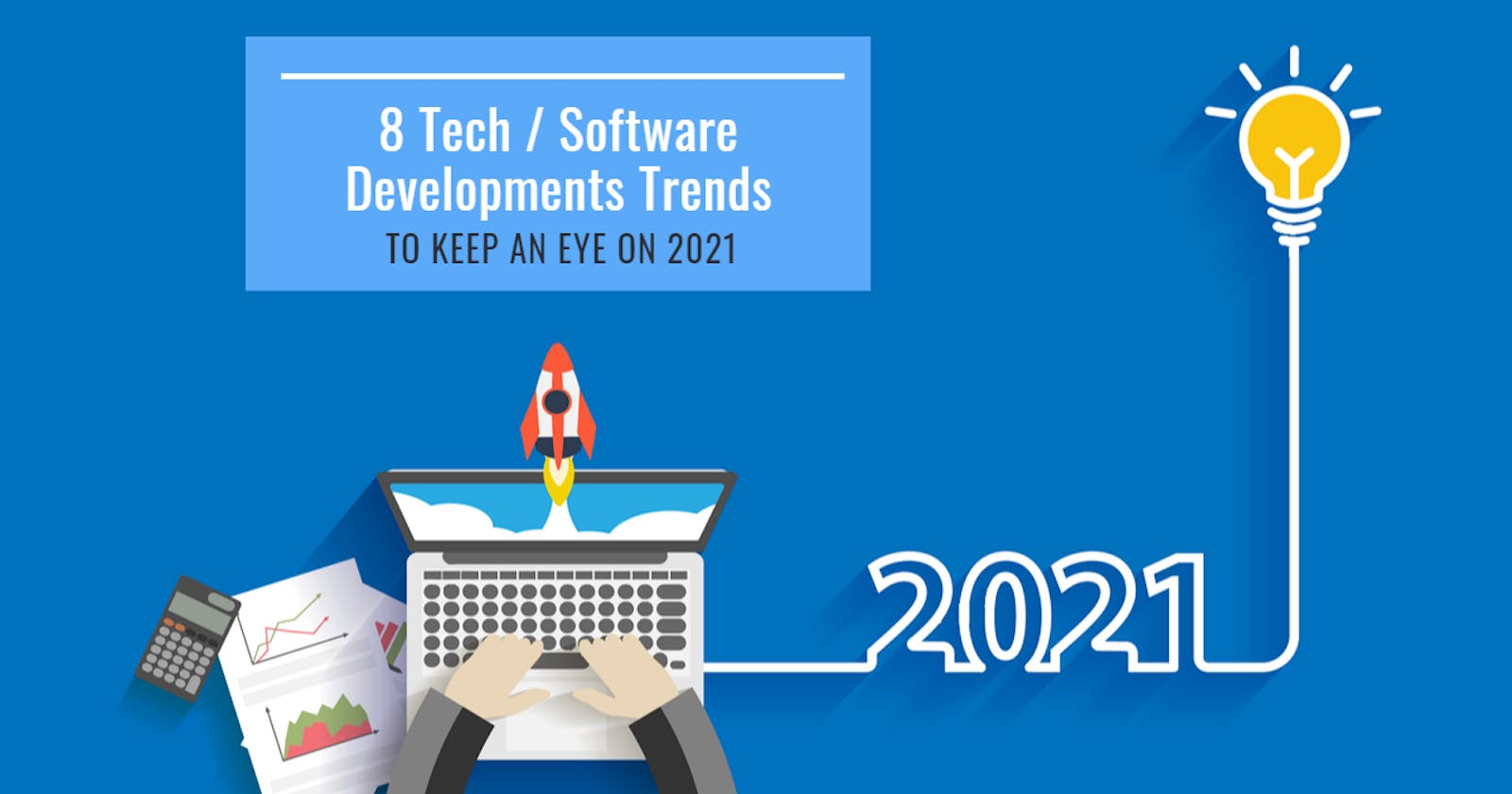2021 will be an exciting year for the tech and software development industry; as we are still amid a global pandemic, organizations and developers look into ways to innovate and optimize processes. Let's take a look at some of the trends that are making a buzz for this year.
Internet of Behaviors (IoB)

IoB is a relatively new concept that's been getting a fair amount of attention lately. It tries to expand on several trends like the Internet of Things and take it to the next level by analyzing all the data compiled from the user's interactions on different sources and examining it properly from a psychological perspective.
It's a combination of three fields; technology, data analytics, and behavioral science (emotions, decisions, augmentations, and companionship).
We can make a simple definition of the steps include in IoB:
Collect user's data from various sources like their social network history, their favorite websites' interaction preferences, interactions with IoT devices, smart health devices, etc.
Analyze the collected data from a behavioral psychology point of view; this means analyzing the decisions they've made, the perceived emotions during their interactions, among other factors.
Create a detailed behavioral profile of the user with the analyzed information.
Companies can then use these profiles to build new user experiences (UX) and create new products or create strategies to change the user's behavior
Sell these new services to the users.
Companies will use IoB to observe and change our behavior with their ultimate goal: selling products and services to you.
Human Augmentation

No, this is not some futuristic invention that we only see in movies. Human Augmentation is related to technologies that can restore our hearing and eyesight or enhance our capabilities and productivity in different fields.
We have seen some past attempts like Google Glass, which tried to enhanced vision by giving related information to what the user was seeing. But for a technology to be considered, augment must be deeply integrated into our day to day life. For example, we can consider a smartwatch in this category since we use it almost all the time, and it gives us so much extra valuable information about our health.
We already see remarkable developments in this area.
Guardian XO, a full-body exoskeleton that combines human abilities with the power and endurance of machines that allows lifting heavy objects and other risky activities.
Mojo Lens, which are Smart Contact Lenses that uses motion and image sensors, biosafe batteries, and a mircroLED display to show different sorts of information to the user's field of vision.
Zapata Flyboard Air, which is a hoverboard that uses a turbine, giving the user the ability to fly (like Ironman) and perform rapid air actions in special operations.
Teslasuit, a wearable full-body suit that provides haptic feedback, motion capture, biometric sensors and can be used in diverse scenarios like a real-world simulation of complex training environments or by athletes to measure fitness levels and monitor progress over time.
This kind of technology has endless possibilities.
Progressive Web Apps (PWAs)

PWAs are getting a lot of recognition since last year because organizations can now have mobile apps published on the web. They are web applications that use specific web browser APIs and other strategies to produce apps with a user experience close to native apps.
With these APIs, PWAs can be installed, work without a connection, interact with the device camera, and receive push notifications just like a native app.
Sadly this is not a defined standard yet, but there is some consensus on what they need and how they should function:
They use a manifest, where you define general settings for the app look, like the name and icons of the apps, background colors, starting URL, among other things necessary for the app to function.
They need to use service workers to handle network communication like requests and content caching. Service workers are also useful to enable the app to work offline.
Security is essential in PWAs. You need to send data via HTTPS, especially if your working with secure transactions. Security should be a centric point of the app. Some features will only be available when the app is using HTTPS.
We are starting to see more and more PWAs like Amazon Luna, so the hype will only increase.
Low-Code Development

Low-Code is another surging trend, especially in some environments like enterprise application development. But what is low-code?
It means that any person without the need to be a developer can use specific tools to build applications and reduce development times.
It also means that it won't be necessary to teach everybody to write code. The development process is going to change so that any non-coder could do it. Low-Code is an important shift since some predict that there will be a shortage of developers in the future. There are not going to be enough software developers to satisfy the demand.
Low-Code is an excellent opportunity for businesses to enable their workers to build enterprise apps in their different areas and processes without a big development team. Instead, you can be in departments like sales, marketing, finances and develop your own application.
This doesn't mean that developers have to worry and that they will be out of work. We are still going to need developers to build more complex applications out of the low-code scope.
There are already some tremendous Low-Code Platforms.
gRPC

Google Remote Procedure Call (gRPC) is a technology developed by Google to improve service communication. It is a high-performance, open-source RPC framework that runs on HTTP2 protocols and supports multiple programming languages.
It has many advantages over other technologies like Rest and GraphQL:
- gRPC uses HTTP/2 long-lived connections to avoid multiple connections overhead.
- gRPC is optimized for streaming, IoT, and real-time.
- gRPC is optimized for microservice architecture.
- gRPC is type-safe, so if the server expects an integer, you can't send a string.
- gRPC is shown in different tests as faster than Rest, thanks to the use of Protocol Buffers.
It is recommended to use gRPC in high workload environments that need high performance and that are microservice-oriented.
I don't think gRPC will replace REST. Even though it has many advantages, its use depends on the type of project you're working on and what fits your use case.
Serverless Computing

More companies are moving to the cloud, so cloud computing keeps gaining momentum and is a big part of the tech industry these days. One of the services from the cloud is serverless computing.
Serverless allows you to focus on the application logic without thinking about server management, installations, updates, operating systems, and other standard server administration tasks.
Serverless is great for developers as they don't have to worry about the server (actually, there is a server) behind the scene that will run their code.
Some benefits of serverless are:
Cost reduction as you will only pay for what you use and nothing more.
High availability and easy scale are critical concepts in the cloud and serverless, as these services come with high availability integrated, and you don't need to deploy any additional resources.
Deploy simplification as you don't need to dedicate that much time to provisioning and maintenance tasks.
Some interesting vendors that offer serverless are:
Mixed Reality

Mixed Reality is the next level after Augmented Reality. It gives the possibility to interact and manipulate the digital images that overlay in the real world, hence the mixed concept as it is a combination of both worlds.
Mixed Reality is done mainly with a headset that, unlike VR headsets, allows you to see the physical world in which you can then place digital objects that you can interact with. These objects can be holographs like images that you can turn, expand, and rotate, among other actions.
The technology is new and in development, so the whole spectrum of use cases is still not exact, but this can use for training in medical universities where you can interact with the different parts of the body. Or in aviation, you would have the possibility to interact with virtual models before they are built. Architects can use mixed Reality to create building prototypes and test their ideas.
Many possibilities can be achieved with Mixed Reality, and there are already some great examples of some tech devices that let you try it:
DevSecOps

DevOps has been gaining a lot of momentum recently, but there is one aspect of the development lifecycle that's been getting left out, which is security. The DevSecOps framework aims to integrate security in the development and implementation process right from the beginning.
Security is an essential part of every application, and we as developers, sometimes don't pay the needed attention to this subject. DevSecOps invites security teams to work right from the project's start to integrate their best practices and analyses.
DevSecOps is a significant change for developers as it tells them that they need to write code with security in mind, so they need to work with the security team to understand how DevSecOps can achieve this.
Some DevSecOps principles are:
- Promote better communication and integration between different teams, including security.
- Integrate security measures without interrupting operations.
- Keep up to date with current innovations and technologies like containers.
- Integrate security in every phase of the application lifecycle. DevSecOps should centralize-Access control rights and user identity.
- Automate different security tasks like security tests, security updates, and security configurations.
So that's it, a list of exciting technologies to keep an eye on this 2021.

